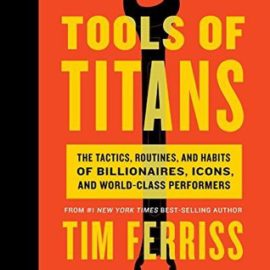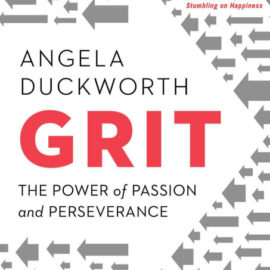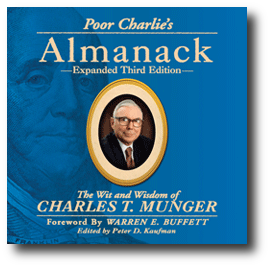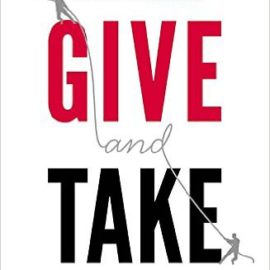Want to learn the ideas in Lies My Teacher Told Me better than ever? Read the world’s #1 book summary of Lies My Teacher Told Me by James W. Loewen here.
Read a brief 1-Page Summary or watch video summaries curated by our expert team. Note: this book guide is not affiliated with or endorsed by the publisher or author, and we always encourage you to purchase and read the full book.
Video Summaries of Lies My Teacher Told Me
We’ve scoured the Internet for the very best videos on Lies My Teacher Told Me, from high-quality videos summaries to interviews or commentary by James W. Loewen.
1-Page Summary of Lies My Teacher Told Me
Overall Summary
In Lies My Teacher Told Me, James Loewen discusses the biases of history textbooks. He begins by noting that despite the popularity of historical novels and movies, American students hate their history classes. The problem is with the textbooks themselves: they’re boring and culturally biased.
One of the main problems with textbooks is that they don’t acknowledge the negative details in historical figures’ lives. For example, Woodrow Wilson is often portrayed as an idealistic leader who fought for democracy and peace, but he was also a racist and imperialist; this information isn’t mentioned in textbooks. In addition, textbooks tend to gloss over controversy when discussing historical figures’ lives. Helen Keller’s biography always mentions how she learned to read and write at a young age, but no textbook mentions her socialist activism later on in life.
Another bias in textbooks is their tendency to glorify America’s colonization. This history was full of betrayal, theft, and genocide. Textbooks tend to focus on white Europeans as the main group that colonized America. When discussing the discovery of America by Christopher Columbus, for example, textbooks almost always argue that he discovered the “New World,” despite some evidence that Viking, Irish, and African explorers settled there first. Textbooks also gloss over his genocidal policies: they ignore the fact that he kidnapped and enslaved thousands of Native Americans and tortured them.
Most textbooks ignore the fact that settlers brought diseases, which wiped out most Native Americans. They also omit the cultural exchange between European and Native American people leading up to the Revolutionary War. Despite Europeans learning a lot from native tribes, they are portrayed as having changed them but not vice versa. In general, white Europeans are seen as fully formed heroic figures in history books while non-Europeans are ignored or marginalized.
There are several inaccuracies in textbooks about the history of slavery and racism. Textbooks make it seem as though slavery was a thing of the past, when in fact it is still a problem today. They also paint Reconstruction as having failed because African Americans didn’t know how to govern themselves, rather than admitting that white Southerners were racist and refused to let them have power. Partly because they’ve been taught these false ideas about their own racial group’s abilities, many African Americans continue to be second-class citizens.
History textbooks don’t talk about American ideas, such as democracy or white supremacy. Instead, they present history as a random collection of people and dates. For example, when dealing with John Brown and Abraham Lincoln, the textbooks present them as religious fanatics and pragmatic politicians respectively. Similarly, there is little to no discussion about class inequality in America; instead the myth that America is the “land of opportunity” is perpetuated by these books which encourage students to blame poor people for their own suffering since only lazy people could be poor in America.
Text books omit the fact that the government has been involved in a lot of wars and foreign interventions, as well as civil rights violations. As a result of this omission, students are unaware about these issues, which is problematic when discussing modern history.
In the last few chapters of the book, Loewen discusses why history textbooks are so bad. He shows that most history textbooks—despite being written by famous historians—are actually ghostwritten and don’t provide a complete picture of what really happened in history. Publishing companies and teachers use poor textbooks because they make more money, while parents complain less about them. The main reason for this is that ordinary people accept biased views of history as fact and do not question their sources or think critically about their society’s problems; these include nuclear proliferation and climate change. Textbooks need to give students a sense of engagement with the world around them so that they can become “their own historians.” By doing this, textbooks could inspire young people to change the world instead of leaving them passive, ignorant, and bored with no sense of agency over their lives or society.











